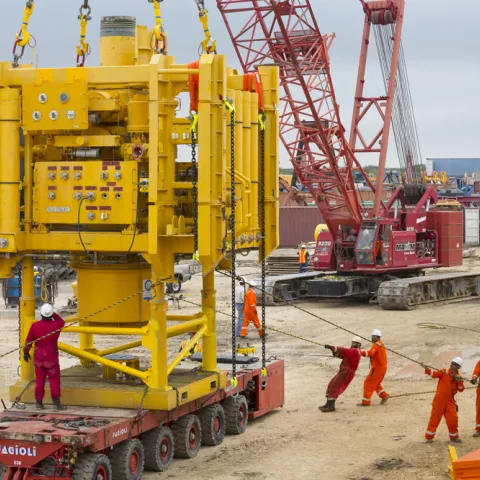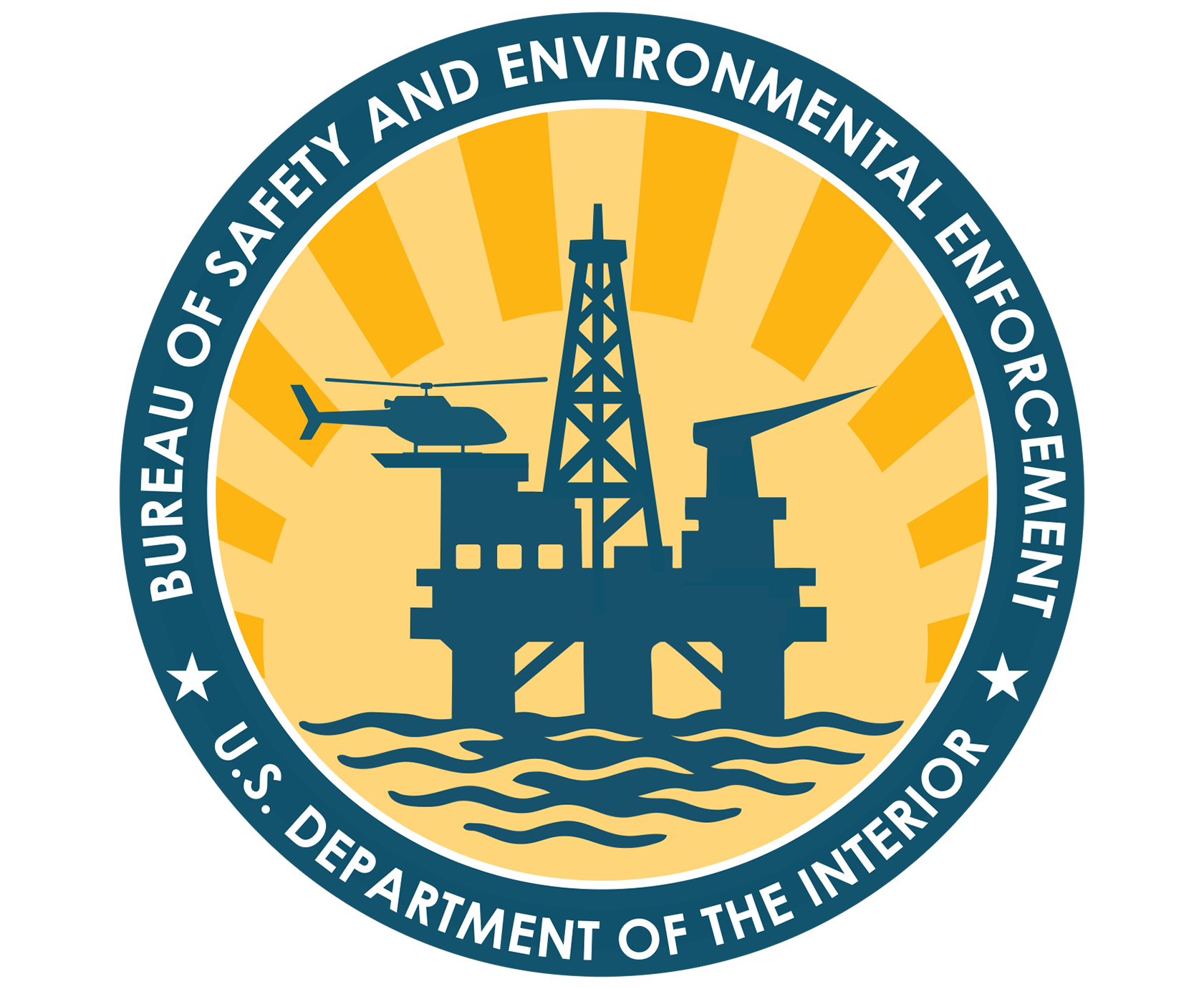You are viewing ARCHIVED content published online before Jan. 20, 2025. Please note that this content is NOT UPDATED,
and links may not work. Additionally, any previously issued diversity, equity, inclusion or gender-related guidance on
this webpage should be considered rescinded. For current information, visit
News Items | Bureau of Safety and Environmental Enforcement.
HOUSTON - According to a risk model presented at the Ocean Energy Safety Institute’s (OESI) Public Technology Assessment Program Forum today, earlier kick detection during offshore oil and gas operations could be the key to preventing losses of well control. Researcher Per Holand, a senior consultant with Norway-based Exprosoft, was the lead speaker at the forum, which featured six Bureau of Safety and Environmental Enforcement (BSEE) funded projects related to worker safety and environmental protection.
“We looked at loss of well control events across the world from 2000 to 2014,” Holand stated, “and found that most losses of well control that occur during drilling, workover, and completion occur because well kicks are observed too late.” That presents an opportunity, according to Holand. “To achieve risk reduction,” he said, “the industry should not only try to reduce kick occurrences, but also improve kick detection.” Holand’s group found that most losses of well control were brought under control relatively quickly, but that about nine percent of incidents can result in either fires or explosions.
“The Gulf of Mexico experiences higher frequencies of kicks and subsequent loss of well control than either UK or Norwegian waters,” Holand said. These differences are due to the impact of various factors such as reservoir pressure, greater water depths, narrower drilling margins, thick salt canopies, shallow geo-hazards, and different drilling procedures. “It’s important that the industry anticipates both unexpected pressures and downhole failures, and be prepared to react fast when these rare, but potentially catastrophic, events manifest,” Holand said. OESI facilitated the public presentation of the six federally-funded projects as part of BSEE’s ongoing efforts to make taxpayer-funded research widely available.

